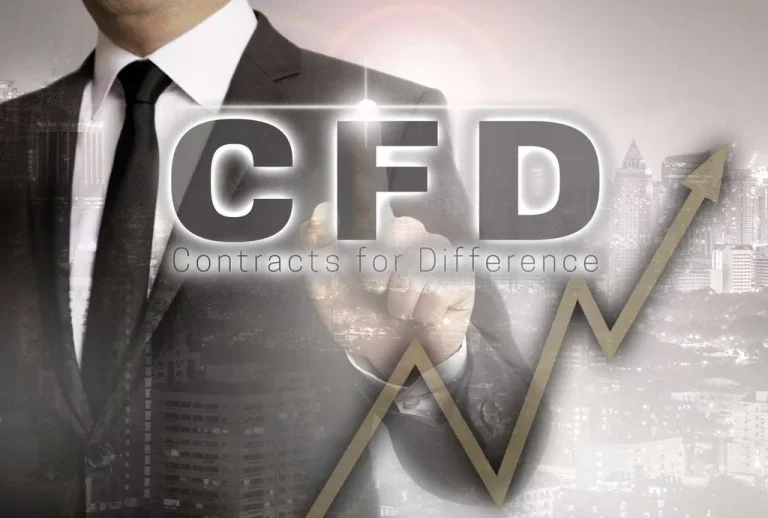Sell Side Vs Buy Facet Prime Variations You Should Know!
The main variations between buy-side and sell-side analysts relate to the type of analysis they do. Buy-side analysts conduct broad research that usually makes use of data from trusted sell-side analysts to make funding https://www.xcritical.com/ recommendations. By comparison, sell-side analysts analysis specific industries or sectors to generate gross sales of financial products. Financial analysts additionally conduct detailed monetary modeling to predict future performance, analyze monetary statements, and monitor economic developments.
Establishments Involved
In addition to gathering their own information and conducting evaluation on a given sector, buy-side analysts get to know the best analysts on the sell aspect whose research is related and reliable. This content could include information about products, options, and/or services that SoFi does not provide and is meant to be instructional in nature. SoFi has no control over the content material, services or products provided nor the security or privacy of data transmitted to others through their web site.
- These securities can include common shares, preferred shares, bonds, derivatives, or quite a lot of different products which may be issued by the Sell Side.
- The Sell-Side largely consists of banks, advisory firms, or other companies that facilitate the selling of securities on behalf of their shoppers.
- As a half of the IPO service, the banker will find buy-side investors (e.g. pension funds, hedge funds, and so forth.) to buy the securities in the IPO transaction.
- There are distinct roles for the buy-side vs sell-side within a monetary sector.
- On a big account, the mission of many sell-side analysts is to sell the concept and strategy.
- In roles like personal equity and corporate improvement, there’s less market-related stress, but there’s longer-term nervousness as a end result of it takes years to discover out if an acquisition performed as planned.
Purchase Facet Vs Sell Side: Key Differences

For example, MiFID II compellingly makes buy-side firms pay for sell-side stories, compelling analysts to generate extra meaningful and value-added analysis. Buy-side analysts use sell-side analysts’ research, insights, and trade suggestions to help inform their research and investment decisions. Consequently, these decisions will affect future sell-side analysis and construct synergistic relationships based mostly on efficient information circulate and informed investment and trading.

They then use their research to make strategic decisions about shopping for, holding, or selling property to maximize returns. The buy-side is represented by asset public and private companies, management firms, hedge funds, mutual funds, and personal fairness firms. Buy-side analysts, asset managers, institutional buyers, and retail traders help their clients to generate investment returns by the use of an M&A deal.
The Necessary Thing Variations
The goal of a buy-side analyst is to be right as usually as potential — because being right corresponds to profit for his or her agency and their clients. Robust models and financial estimates are much less important to sell-side analysts than their buy-side colleagues. Likewise, worth targets and buy/sell/hold calls usually are not practically as important to sell-side analysts as typically advised. Analysts can be below average for modeling or stock picks but nonetheless do all right if they offer useful info. Although each sell-side and buy-side analysts are charged with following and assessing stocks, there are numerous differences between the two jobs. Essentially, the sell-side analysts’ analysis directs the buy-side firm to trade via their trading department, creating revenue for the sell-side agency.
On the purchase side, it emphasizes long-term funding plans and asset administration. However, then again, the promote aspect is very efficient in transactions and advisory companies. Regardless of their particular person goals and methodologies, these sectors out there have symbiotic relationships as their know-how collaborates to ensure efficiency and liquidity.
Above, we coated that the terms refer to several varieties of financial companies buy vs sell side (e.g. buyers vs. security issuers). One notable grey space is “traders,” who’re thought-about sell-side but they do actively take part in the market’s asset buying and selling. However, it makes sense when you think about that virtually all sell-side traders are doing “market making,” which is finally a service for their buy-side clients who are often on the other facet of trades. By distinction, you can get promoted to the mid-levels in banking if you’re an excellent “project manager” and haven’t necessarily proven your ability to win shoppers or deals. Within an trade like commercial real estate, a real property brokerage is a sell-side agency because it expenses a fee on the property sales it facilitates.
Sell aspect analysts publish these reviews and suggestions to a broader viewers, institutional and particular person traders. They typically need to drive trading exercise and assist their firm’s gross sales and trading efforts with a shorter horizon. Professionals on the buy facet sometimes work in portfolio administration, wealth administration, non-public fairness, hedge funds and sometimes venture capital.
The “buy-side” refers to the companies that put cash into securities (e.g. stocks, bonds, and so on.), like non-public fairness funds, pension funds, and investment managers. Because buy-side analysts sometimes work for institutions like mutual funds, hedge funds, or pension funds, their compensation is usually tied to the efficiency of their funding suggestions. As such, they can obtain substantial bonuses if their advised investments carry out properly, reflecting the direct impact of their work on the fund’s success. On the Sell Side of the capital markets, we now have professionals who symbolize firms that need to raise money by SELLING securities (hence the name “Sell Side”). The Sell-Side principally consists of banks, advisory corporations, or other firms that facilitate the selling of securities on behalf of their clients. Understanding the intricacies of the hierarchy among the many buy side and promote side funding banking is important for trade Exchange (organized market) practitioners and buyers.
Buy-side firms work to identify and buy underpriced, undervalued, or high-potential securities for shoppers to be able to make the best revenue on their trades. The buy side and sell aspect are two basic features of the financial markets. As it sounds the buy aspect refers to funding firms (including pension funds, hedge funds, cash managers) that purchase securities for their shoppers. The sell facet is involved within the creation, promoting, or issuing of the securities that the purchase aspect then purchases.
The Sell-Side refers to companies that problem, sell, or commerce securities, and consists of investment banks, advisory corporations, and firms. Sell-Side corporations have much more opportunities for aspiring analysts than Buy-Side companies usually have, largely because of the gross sales nature of their business. Sell-side analysis analysts are integral to investment banks, brokerage firms, business banks, company banks, and Wall Street buying and selling desks. Their main accountability is to evaluate firms and conduct fairness research, evaluating factors like future earnings potential and other investment metrics. These analysts regularly problem recommendations on shares and different securities, typically within the type of purchase, promote, or hold ratings, which they communicate to their shoppers. For example, a company that wants to elevate cash to assemble a new manufacturing facility would contact its investment banker to concern debt or fairness to finance the constructing.







